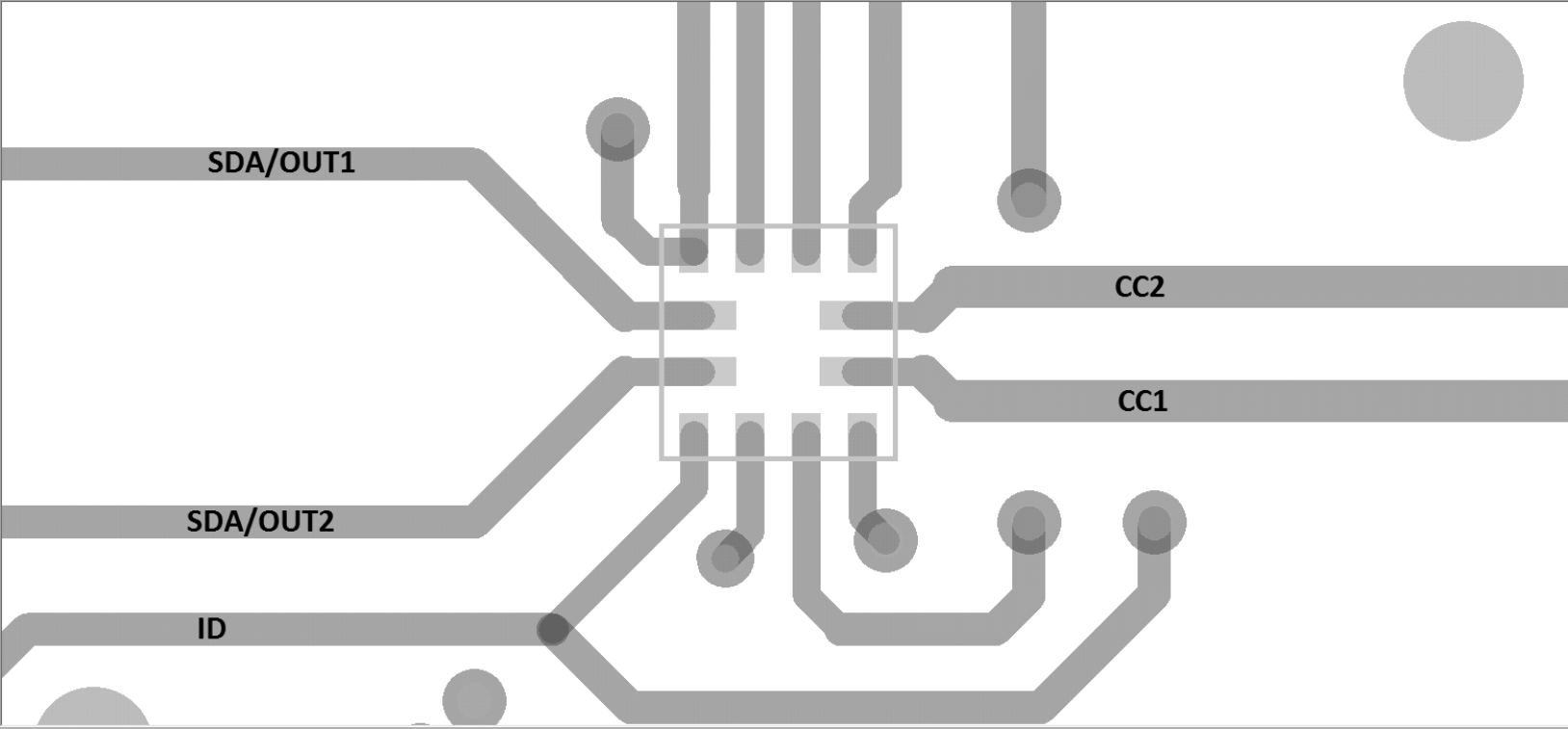SLLSEO5C October 2015 – May 2017 TUSB322I
PRODUCTION DATA.
- 1 Features
- 2 Applications
- 3 Description
- 4 Revision History
- 5 Pin Configuration and Functions
- 6 Specifications
-
7 Detailed Description
- 7.1 Overview
- 7.2 Functional Block Diagram
- 7.3 Feature Description
- 7.4 Device Functional Modes
- 7.5 Programming
- 7.6
Register Maps
- 7.6.1
CSR Registers
- 7.6.1.1 Device Identification Register (offset = 0x07 through 0x00) [reset = 0x00, 0x54, 0x55, 0x53, 0x42, 0x33, 0x32, 0x32]
- 7.6.1.2 Connection Status Register (offset = 0x08) [reset = 0x00]
- 7.6.1.3 Connection Status and Control Register (offset = 0x09) [reset = 0x20]
- 7.6.1.4 General Control Register (offset = 0x0A) [reset = 0x00]
- 7.6.1.5 Device Revision Register (offset = 0xA0) [reset = 0x02]
- 7.6.1
CSR Registers
- 8 Application and Implementation
- 9 Power Supply Recommendations
- 10Layout
- 11Device and Documentation Support
- 12Mechanical, Packaging, and Orderable Information
Package Options
Mechanical Data (Package|Pins)
- RWB|12
Thermal pad, mechanical data (Package|Pins)
Orderable Information
10 Layout
10.1 Layout Guidelines
- An extra trace (or stub) is created when connecting between more than two points. A trace connecting pin A6 to pin B6 will create a stub because the trace also has to go to the USB Host. Ensure that:
- A stub created by short on pin A6 (DP) and pin B6 (DP) at Type-C receptacle does not exceed 3.5 mm.
- A stub created by short on pin A7 (DM) and pin B7 (DM) at Type-C receptacle does not exceed 3.5 mm.
- A 100-nF capacitor should be placed as close as possible to the TUSB322I VDD pin.
10.2 Layout Example
 Figure 14. TUSB322I Layout
Figure 14. TUSB322I Layout